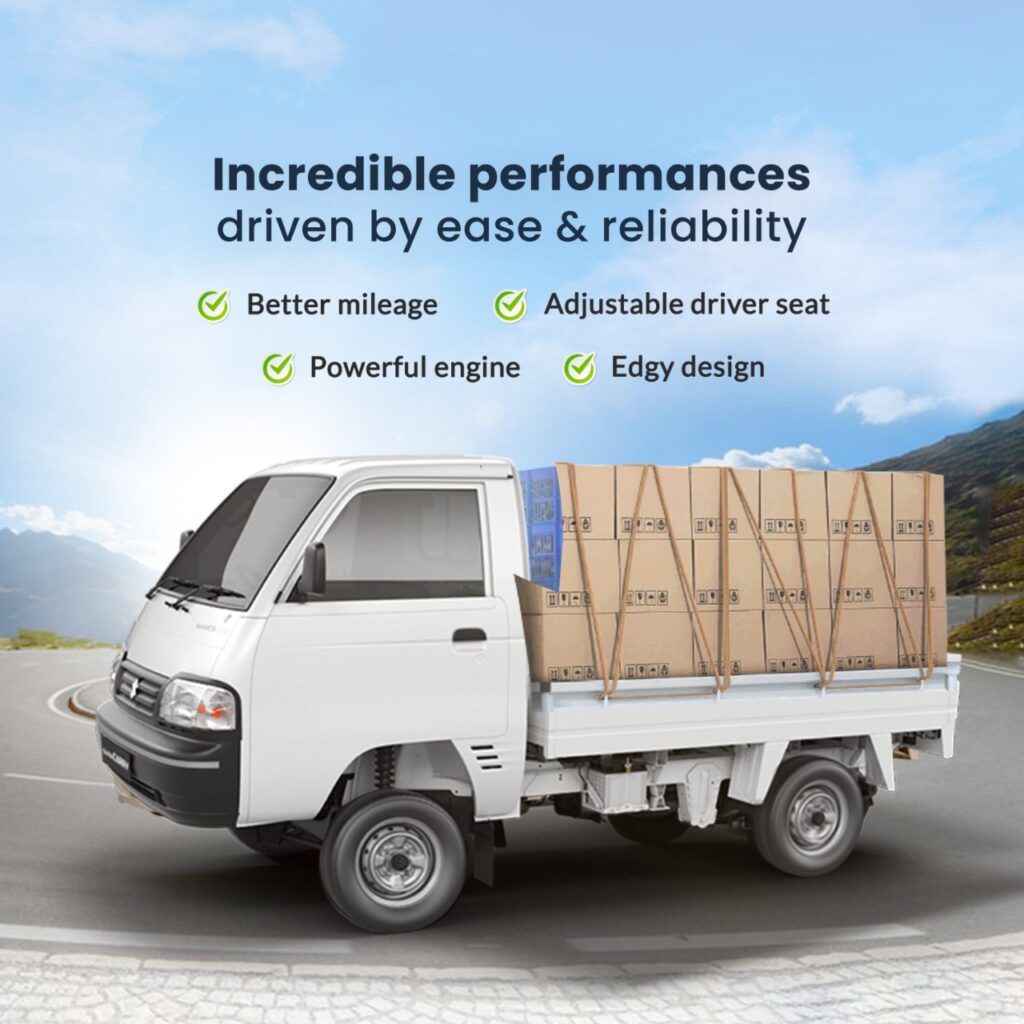Introduction: Brakes are the most important component of an automobile’s safety system.
Brakes provide us the ability to limit the speed of our cars and keep us safe when driving.
Although there are many kinds of braking systems, drum brakes and disc brakes are the most
often utilised types. We will examine the distinctions between drum brakes and disc brakes in
this blog, illuminating their design, operation, benefits, and drawbacks. You will have a
thorough grasp of these two braking systems by the end.
1) Construction:
Drum Brakes: Drum brakes consist of a drum-shaped housing, which contains brake
shoes, springs, and pistons. The brake shoes expand and push against the inner surface
of the drum when the brake pedal is pressed, sending hydraulic fluid to the wheel
cylinder. The vehicle finally comes to a stop as a result of the frictional force that
reduces the wheel’s spin.
Disc Brakes: Contrarily, disc brakes are made of a flat disc—commonly referred to
as a rotor—attached to the wheel hub. On either side of the rotor are positioned
callipers that house the brake pads. When the brake pedal is pressed, hydraulic fluid is
forced into the callipers, causing the brake pads to squeeze against the rotor. This
friction between the brake pads and rotor slows down the rotation of the wheel,
leading to deceleration.
2) Functioning:
Drum Brakes: Drum brakes produce friction when the brake shoes expand against
the drum, which changes kinetic energy into heat energy. The car slows down as a
result of this procedure. Drum brakes, on the other hand, have limited cooling
capacities as a result of their enclosed design, which might cause a reduction in
braking efficacy under heavy use.
Disc Brakes: Disc brakes work by clamping the brake pads onto the rotor, which
creates friction and converts kinetic energy into heat. Due to its open construction,
disc brakes’ design enhances heat dissipation, reducing the possibility of brake fade
during extended and intense braking. This improves their effectiveness and
performance in general.
3) Advantages and Limitation of Drum Brakes
Drum Brakes:
Advantages of Drum Brakes are:
• Cost-effectiveness: The manufacturing and maintenance costs of drum brakes
are typically lower.
• Sealed Design: Drum brakes have a sealed design that shields them from
outside pollutants and increases their lifespan.
• Parking brake function: Drum brakes can incorporate a parking brake
mechanism within the same assembly.
Limitation of Drum brakes are:
• Heat dissipation: Drum brakes might function less effectively under hard
braking because they have limited cooling capacities.
• Fade under stress: Prolonged or hard braking can cause brake fade, which
gradually reduces their efficiency.
Disk Brakes:
Advantages of Disk Brakes are:
• Superior heat dissipation: Disc brakes’ open design promotes effective
cooling, reducing the possibility of brake fade and preserving constant
performance.
• Disc brakes provide a faster and sensitive braking force, which is very useful
in emergency circumstances.
• Simplified maintenance: Disc brakes require less labour and money to
examine, clean, and replace.
Limitations of Disk Brakes are:
Costlier: Compared to drum brakes, disc brakes tend to be more expensive to
manufacture and maintain.
Corrosion susceptibility: Disc brakes are susceptible to corrosion due to their
exposed design, especially in areas with extreme weather conditions.
Conclusion:
Both drum brakes and disc brakes are essential for maintaining our safety on the roadways.
While disc brakes excel in heat dissipation, stopping power, and easy maintenance, drum
brakes excel in cost-effectiveness and a sealed construction. The decision between drum
brakes and disc brakes ultimately comes down to a number of variables, such as the kind of
vehicle, the driving environment, and personal preference.



